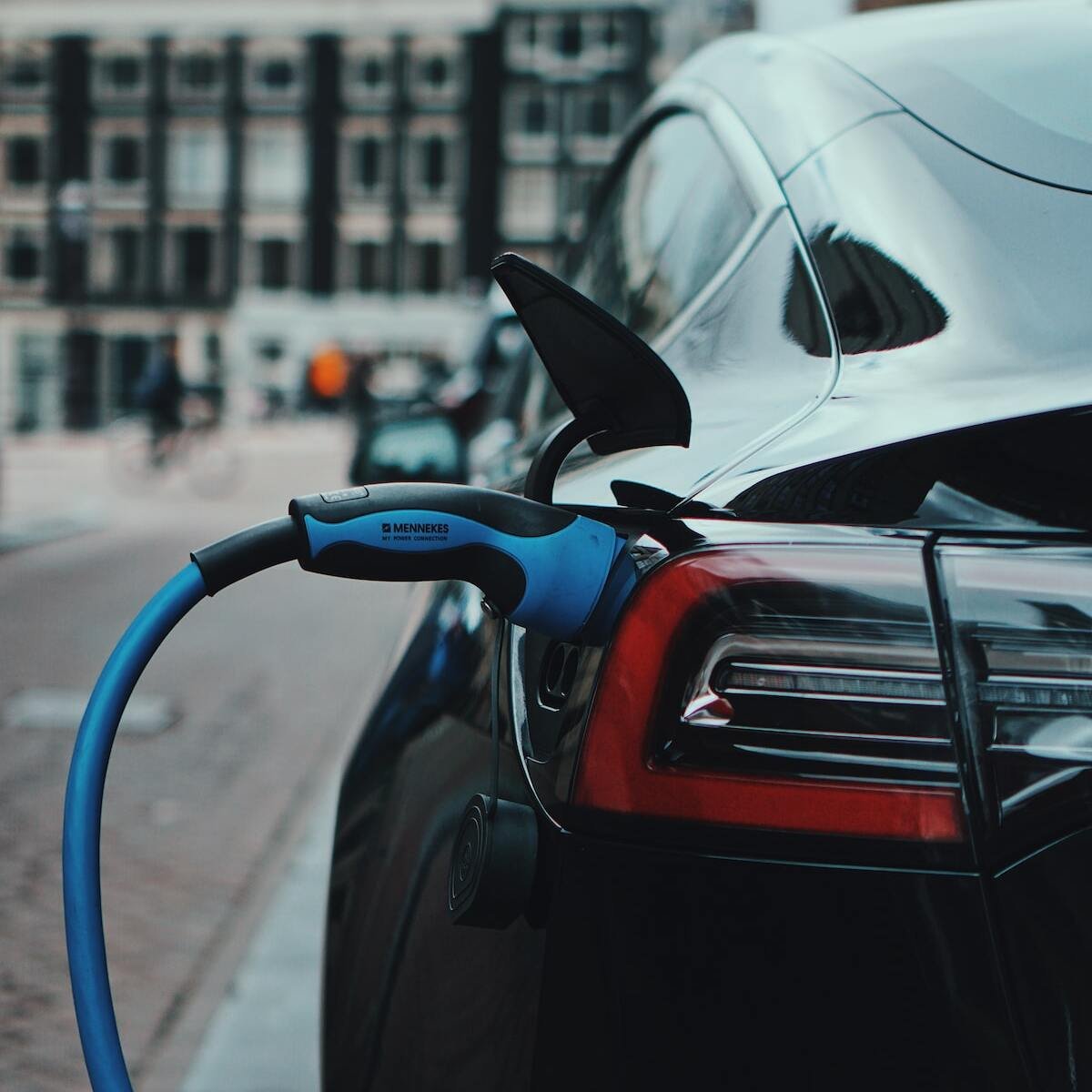Substituting electricity generated by residential solar panels for gasoline to power an electric vehicle can dramatically reduce the payback period for a new or existing solar installation. If you are lucky enough to own a home and have either already installed solar panels, or are considering an installation, read on to find out if using some of the solar energy to power an electric vehicle makes economic sense in your neighborhood.
Most solar payback analyses focus on replacing grid-provided electricity with solar power. With the average price of electricity hovering around $0.16 as of October 2023, the time required to pay back a typical residential solar panel installation can be 20 years or more based on a typical US household’s electricity consumption.
For example: Residents of Washington state currently pay about $0.12 per kWh of grid-served electricity and $4.81 per gallon of unleaded gasoline. Assuming the Washington resident drives a brand-new 2023 Toyota Camry, with a combined city/highway fuel efficiency of 26 mpg, and that they drive the car approximately 10,000 miles per year, their total annual fuel cost would be approx. $1,850 per year.
If we compare the Toyota with a new Tesla Model 3 (similarly priced, following price discounts earlier this year) that is capable of traveling approx 3.8 miles per kWh of electricity, we can see that the Tesla would cost only about $316 per year to drive, a savings of $1,534 per year. If we also lump in the lower cost of operation of an EV vs. an Internal Combustion Engine (ICE) vehicle (no oil changes, fewer mechanical issues, etc.) we end up closer to $1,850 per year in savings for the EV.
Comparing the options, we can see that the Solar + EV option pays for the solar panels (assuming a 10kW solar array at $2.00 per Watt, installed) much faster than grid electricity replacement alone. Ten years faster, in this case!
So while your mileage may vary (pun intended), swapping your gas car for an EV can help to justify a switch to solar energy – or pay off your existing panels quicker than you may have thought possible. Try our interactive calculator below to see how switching to an EV might work for your specific location and existing vehicle.
Become a Subscriber or Log In and run your numbers with our interactive EV Comparison tool!

Relevant Product
[amazon box=”B0C6YMS4KH”]
As an Amazon Associate Sufficient.ai earns a commission from qualifying purchases.




